- April 19, 2025
-
-
Loading

Loading
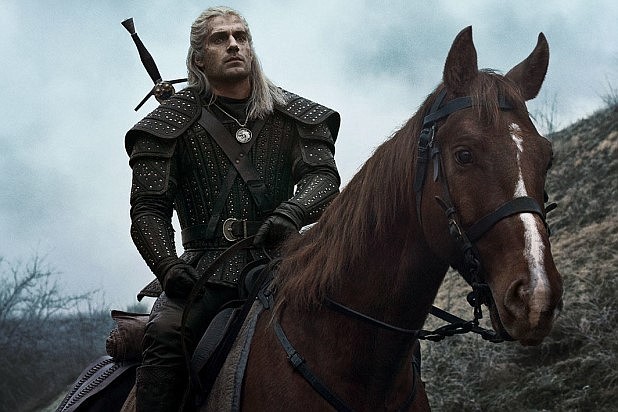
I spent 20 minutes trying to come up with a play on “2020” that didn’t involve some sort of eyesight pun and failed — interestingly, not much rhymes with 20 — so instead, I hope a simple “welcome to the new year” will suffice.
Binge Blog is back and better than sometimes. Worse than others. Who’s to judge the quality of a column this empirical, anyway? The point is I’m going to be writing more words for you all this year, and although we have more of our themed months in the planning stages, January is going to be a classic potpourri of genres, tones and moods, starting with a real doozy.
Netflix, TV-MA, 60 minutes, eight episodes (one season)
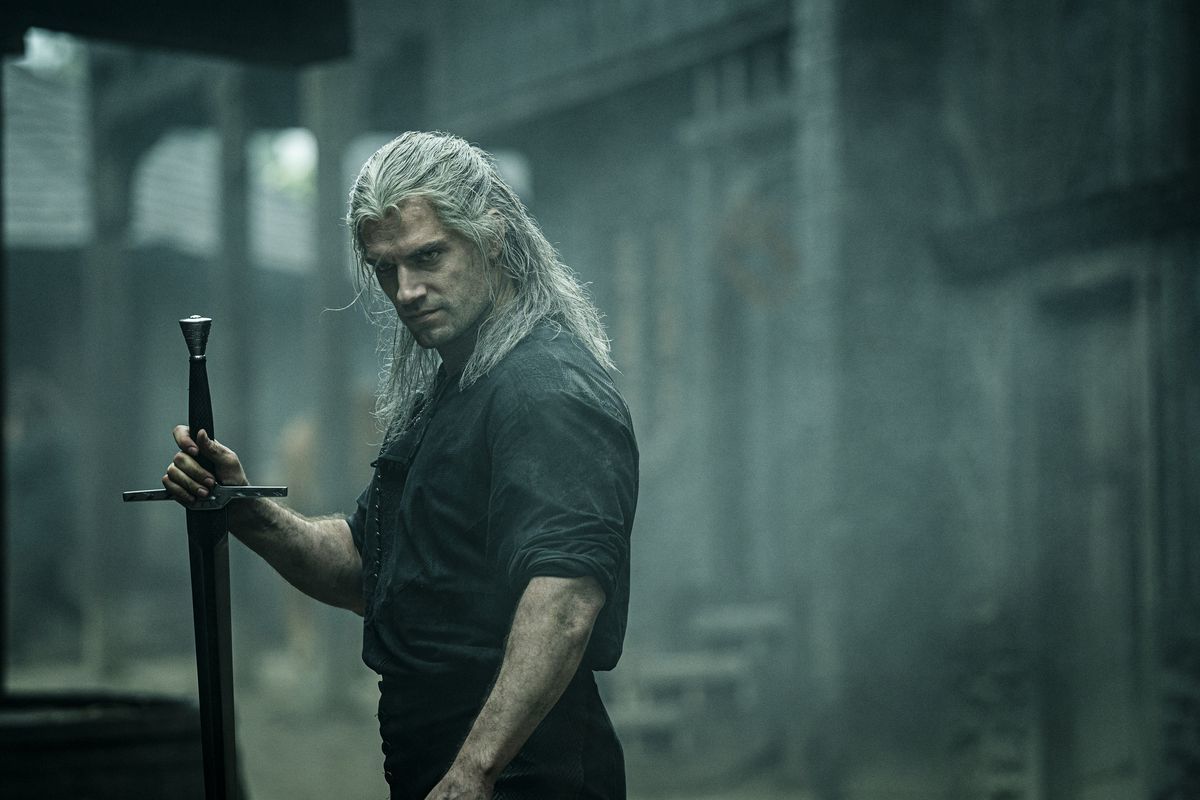
It seems like every entertainment outlet is trying to crown “The Witcher” as the next “Game of Thrones,” but that type of fan fervor seems unlikely to happen. Not through any fault of the show, of course. It’s wonderful. But it’s also quite different than HBO’s smash hit, other than the use of sword fights and a sense that magic exists in each world.
Where “Game of Thrones” shunned its fantasy roots, especially toward the end of its run, “The Witcher” embraces them. Based on a series of novels and short stories by Polish author Andrzej Sapkowski, “The Witcher” follows the adventures of Geralt of Rivia (Henry Cavill), the titular witcher. If unfamiliar with the world, you may be asking yourself: What, exactly, is a witcher? Great question, especially because the show doesn’t ever pin down an exact definition. Basically, a witcher is a human that has had their DNA mutated by a mage (a sorceress) at the behest of a king, with the aim of making them capable of fighting and slaying monsters. The process this requires, called the Trial of the Grasses, is grotesque and kills 70% of its subjects. The witcher mutations give them superhuman fighting skills but rob them of their ability to feel emotions, or so the legends go.
The witcher movement more or less stopped when the kings and mages, unhappy with the process’s results, discarded their witchers and left them to their own devices. The witchers banded together and created their own “schools,” each with a different training method, but most of those died out too. (Think of them like different styles of martial arts.) Only Geralt’s school, the School of the Wolf, remains, but the ability to create new witchers has been lost, for reasons as yet unclear.
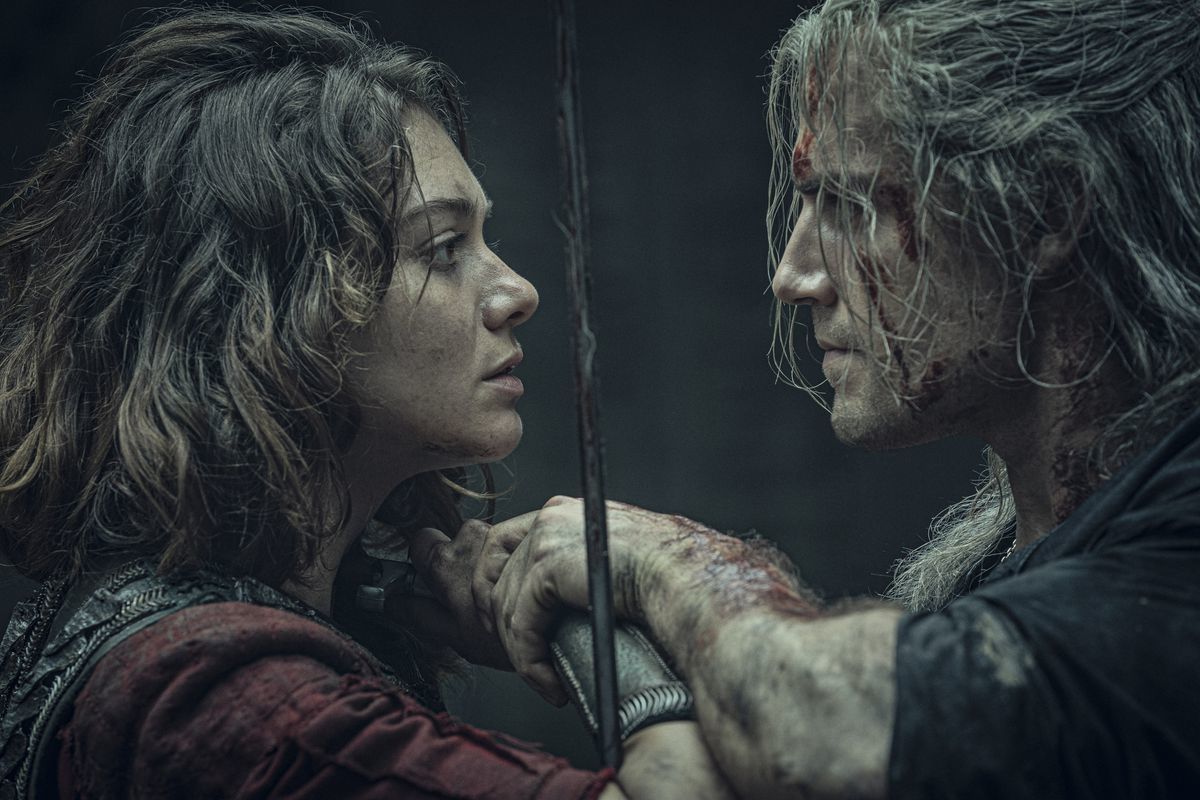
So: Geralt’s a witcher. He’s got some magic in him, and his eyes do a cool thing where they turn black and, uh, gross, when it's time to get down to monster slaying. That’s how he makes his money: traveling the world and taking up people’s job offers. Sometimes, it’s getting rid of a monster that has been eating a farmer’s crops. Other times, it’s solving the murder of a royal family and tracking down the killer. He’s not the only one we’re following: There’s Ciri (Freya Allan), a young princess whose destiny is tied to Geralt for unknown reasons, at least at the beginning of the series, and Yennefer of Vengerberg (Anya Chalotra), a sorceress in training who goes through … a transformation. The less I say about that storyline, the better your watching experience will be.
Those three characters’ stories take place over different time periods, and the show doesn’t hold your hand to figure out when everything is happening. It becomes clear by the end of the season, when they all tie together, but early episodes can be confusing in terms of time. Rest assured, there’s a method to the show’s madness.
The biggest strength of “The Witcher” is its self-assurance. No one on the show is taking it all that seriously, even though there are a handful of emotional beats that hit. They know that the job of fantasy media is to entertain, and entertain it does. The jokes fly fast — Cavill is incredibly funny as Geralt, a gruff man who just wants to do his job, feed his horse, Roach, and go to sleep, when life inevitably gets in the way — and the battle scenes are well choreographed and shot in a cohesive way. Unlike with “Game of Thrones,” you won’t feel confused by the chaos. There’s a touch of political intrigue in “The Witcher,” but the focus remains on the characters and the wild situations in which they find themselves.
The show has already been renewed for a second season, which is good because there are areas it can improve, namely its computer-generated elements, which at times look like they come from 2009, not 2019. It’s also good because I need more of this show, pronto. It’s the levity we all need right now, even if you don’t give two hoots about monster slaying or deadpan jokes or impossibly catchy songs from a bard or sensual baths or people saying the word “destiny” like 4,000 times. It’s just fun.
YouTube, unrated but it’s like TV-PG probably, 20-40 minutes
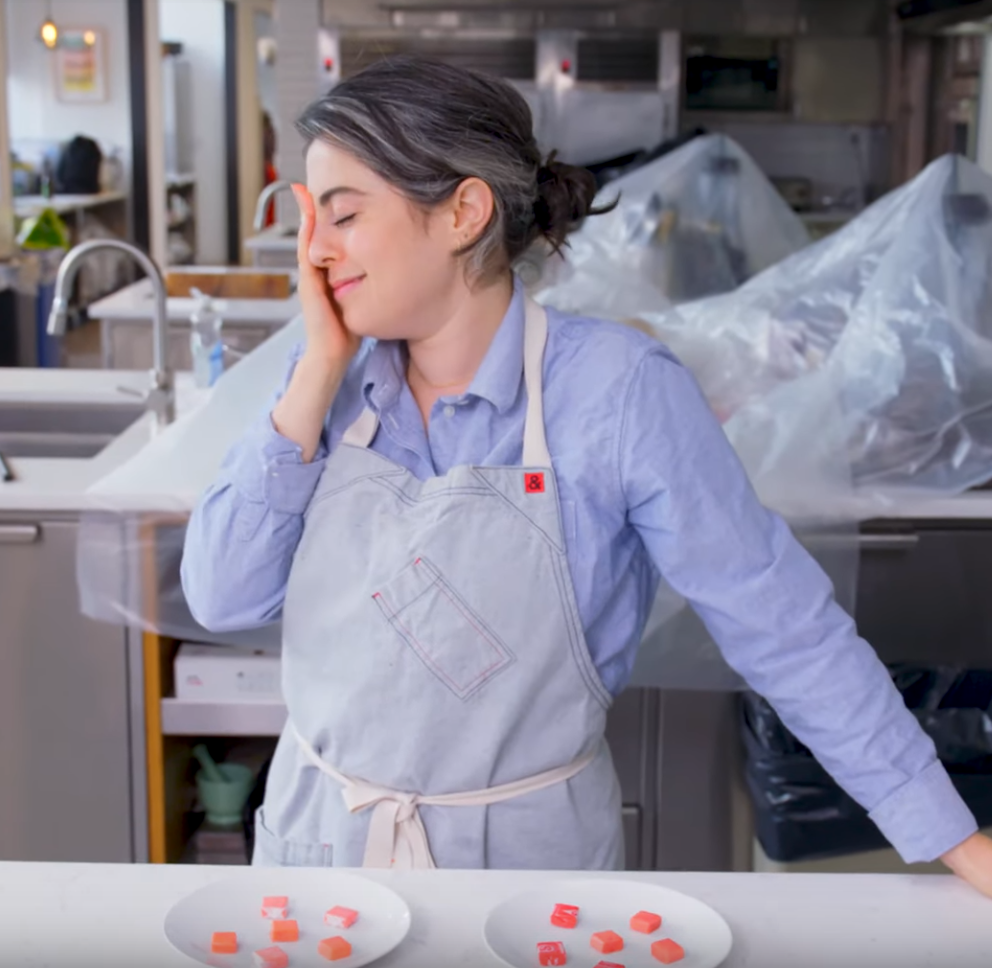
I’m doing a YouTube series?
I’m doing a YouTube series!
Why not? You can stream them — that’s the whole point of Binge Blog, after all — you don’t have to subscribe to anything, and they’re top quality. What’s not to like?
“Gourmet Makes” is produced by Bon Appetit. It’s a series of cooking videos hosted by Claire Saffitz, who attempts to make — gasp — homemade versions of junk food and gets as close to replicating the original as possible while also improving on it. Anything from pizza rolls to Krispy Kreme donuts to Saffitz’s dreaded Pop Rocks is fair game.
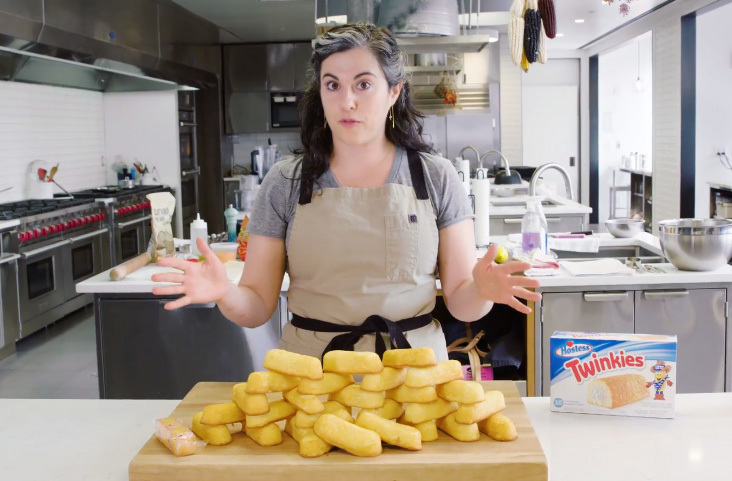
Here’s the thing about these videos: I don’t give a shit about how to make this stuff. A lot of it involves dehydrating food, which I will never, ever do. The reason I watch is Saffitz and the rest of the Bon Appetit gang, who pop into the videos at random. They are all a delight, and the more you watch, the more you fall in love with their quirks. Saffitz is quick to get in over her head and then somehow pull herself out of it, all while possessing a dry, defeatist sense of humor. Brad Leone, my other favorite chef who hosts a series called “It’s Alive!” about fermentation, is basically a New Jersey surfer bro with the energy of Bugs Bunny. Kitchen Manager Gaby Melian is an angelic helper with sage advice for the helpless cooks. Senior Food Editor Molly Baz has an adorable dachshund named Tuna, who is a star and I wish was my best friend.
All the chefs have wonderful chemistry with one another, and it makes watching them interact such a joy. It also makes me feel better about my own cooking ability when I see these professionals fuck up over and over. And by the end, the food always looks delicious, which is a positive and negative because it makes me want to go buy whatever Saffitz is making. (Seriously, don’t watch the Pop Tarts episode on an empty stomach, or you’ll want 100 of them.)
“Gourmet Makes” is just a nice, wholesome time, OK? It is the perfect way to spend random 30 minute breaks. Or you can watch 10 of them in a row; that’s up to you.